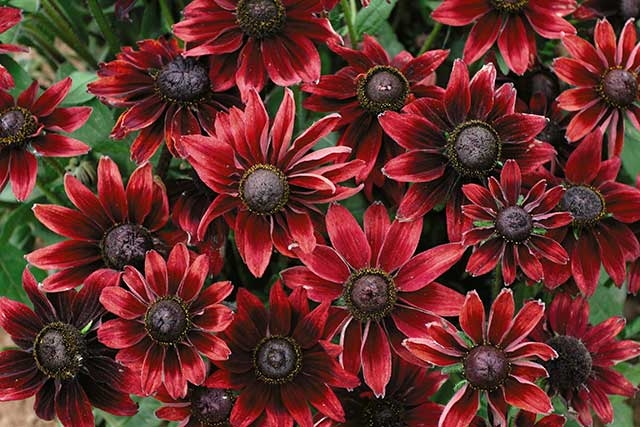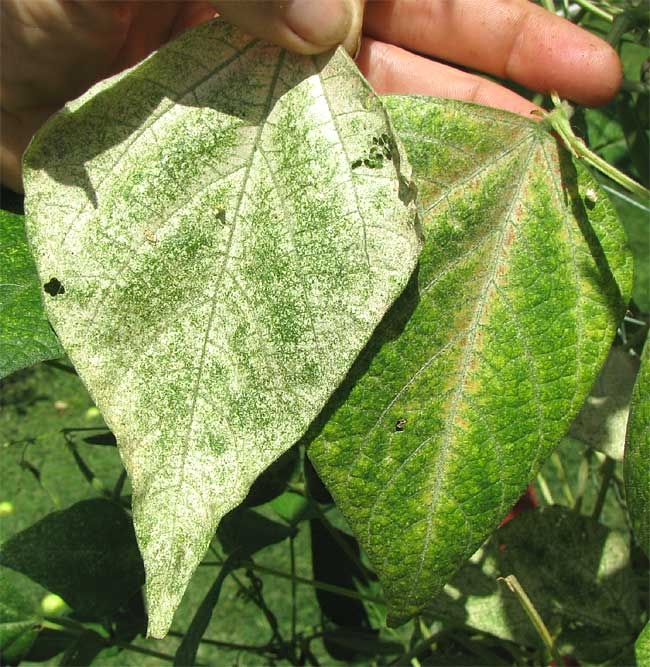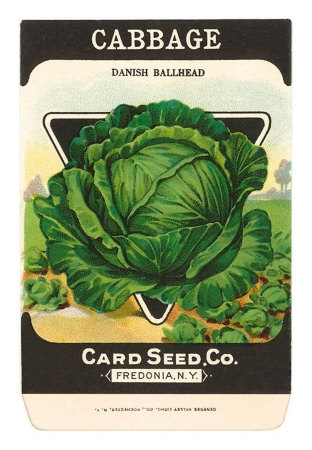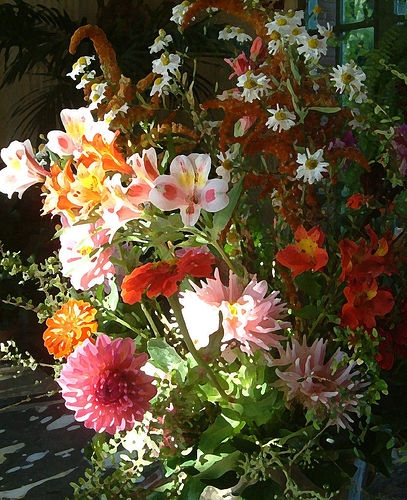It’s coming. You can feel it. When school starts, Indian Summer usually starts, too, and it won’t be long before we’ll be basking in lots of sunshine.
Fall is just around the corner and most flowering perennials and annuals will continue to bloom until Halloween and maybe into November if the weather cooperates. My garden is mostly blue, pink and lavender but I like to add warm colored flowers and foliage plants to the garden now to enjoy for the next several months.
Living in mostly shade I’m excited to see a new impatien in a peach color. Envoy peach butterfly sport a profusion flowers with dark cora.jpg) l centers. This series also comes in bicolor rose and lavender shades which are equally showy. They really light up the shade garden.
l centers. This series also comes in bicolor rose and lavender shades which are equally showy. They really light up the shade garden.
There are many flowering plants that ease us into fall. Whether they bloom with red, orange, yellow, bronze or rust flowers, the colors seem appropriate at this time of year. Some of my favorites are kangaroo paw, erysimum ‘Fragrant Sunshine’, mimulus, strawflowers, asteriscus, lantana, coreopsis, mums and zinnia. Orange clock vines are one of the showiest around. They need protection here to survive the winter but the huge 3" long, bright orange flowers are worth the risk.
Gloriosa daisy or rudbeckia now come in so many new colors. Cherry Brandy produces beautiful masses of cherry red flowers to add to your traditional rusty colors. All are tough and easy to grow and they make a good cut flower for bouquets.

Don’t forget warm foliage colors like coprosma, Golden Delicious pineapple sage and red fountain grass to play off the bold colors of your fall flowers. By mixing in a liberal doses of grasses and shrubs you’ll have a garden that won’t quit until it gets cold.
Remember the color wheel to add additional colors to your warm autumn garden. Blue is the complementary color of orange and purple or lavender goes with yellow and gold. Cool down hot colors with blue flowering perennials like blue plumbago, Aster frikartii Monch, Russian sage, blue ground morning glory and scabiosa. Lilac or purple flowers include lavatera bicolor, Midnight penstemon, verbena, princess flowers, salvia and annuals like torenia and lobelia.

 voice is coming from. Deciding she wants no more of the talking fuchsia she rambles on followed by her little one.
voice is coming from. Deciding she wants no more of the talking fuchsia she rambles on followed by her little one.  thrive during dry weather and their populations can get out of hand by August.
thrive during dry weather and their populations can get out of hand by August.
 m table, kitchen, bedroom or bath.
m table, kitchen, bedroom or bath.